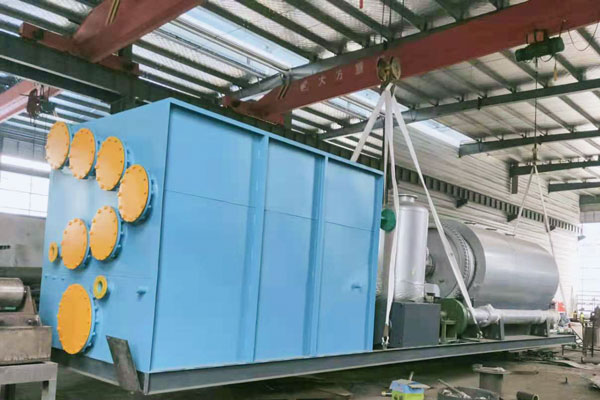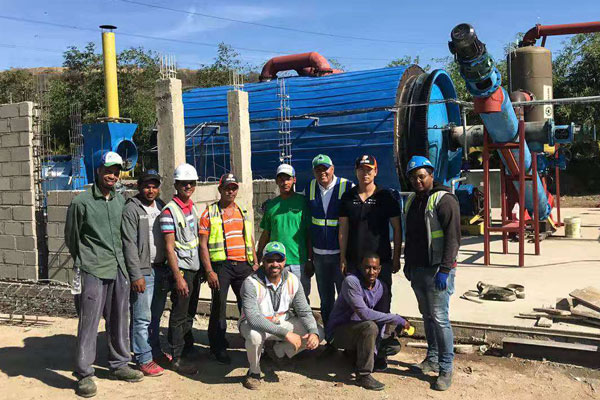In recent years, the global focus on sustainable practices and the urgent need to combat environmental issues has driven innovation in various industries. One such innovation is the development of tyre pyrolysis plants, which offer a promising solution to the mounting challenge of disposing of used tyres while also contributing to the emerging pyrolysis oil market.
The Tyre Pyrolysis Process and Pyrolysis Oil Production
Tyre pyrolysis involves a thermochemical process in which used tires are subjected to high temperatures in an oxygen-deprived environment, causing them to break down into several valuable products, with pyrolysis oil being a significant one. This oil, also known as tyre oil or pyrolysis oil, is gaining traction as an alternative fuel and a feedstock for various industries.
Advantages of Pyrolysis Oil
The pyrolysis oil produced from the tyre pyrolysis plant has several advantageous properties. It serves as a substitute for conventional fossil fuels like diesel, offering a more eco-friendly and sustainable option. Pyrolysis oil has a lower sulfur content and reduced greenhouse gas emissions compared to traditional fuels, aligning well with global efforts to mitigate climate change.
Environmental Benefits and Resource Recovery

Furthermore, the tyre pyrolysis process helps to address the environmental concerns associated with tire disposal. Used tyres are a considerable challenge due to their non-biodegradable nature, and improper disposal can lead to long-lasting environmental hazards. Tyre pyrolysis plants not only eliminate the need for landfills or incineration but also contribute to the recycling of valuable materials such as steel wire and carbon black from the tyres.
The Growing Pyrolysis Oil Market
The pyrolysis oil market is undergoing rapid expansion, presenting a myriad of opportunities and challenges. As governments and industries seek greener alternatives, the demand for pyrolysis oil as a feedstock in various sectors like power generation, heating, and manufacturing is on the rise. Its versatility and potential to replace fossil fuels make it an attractive option for reducing carbon footprints. So it is a good choice to invest in pyrolysis machine.
Challenges and Considerations
However, the pyrolysis oil market is not without its hurdles. Quality and consistency of the oil can vary depending on factors such as the type of feedstock (tyre composition), pyrolysis process parameters, and plant technology. Therefore, standardization and quality control become crucial to ensure the oil’s compatibility with existing infrastructure and end-use applications.
Economic viability is another aspect to consider. While pyrolysis oil offers environmental benefits, its cost competitiveness with traditional fossil fuels remains a concern. Initial investment pyrolysis plant cost for setting up tyre pyrolysis plants can be substantial, impacting the eventual market price of pyrolysis oil. As the technology matures and gains wider adoption, economies of scale may help alleviate this challenge.

Conclusion
In conclusion, tyre pyrolysis plants hold promise as an environmentally sound solution for managing used tires while simultaneously contributing to the emerging pyrolysis oil market. The production of pyrolysis oil aligns with global sustainability goals by offering a cleaner alternative to conventional fossil fuels. However, the market’s growth is contingent on overcoming challenges related to quality assurance, economic feasibility, and regulatory support.
As technology continues to advance and society’s commitment to sustainability deepens, the synergy between tyre pyrolysis plants and the pyrolysis oil market has the potential to reshape the energy landscape and significantly reduce the environmental impact of waste tyre disposal. You can visit Beston Group to get more details.